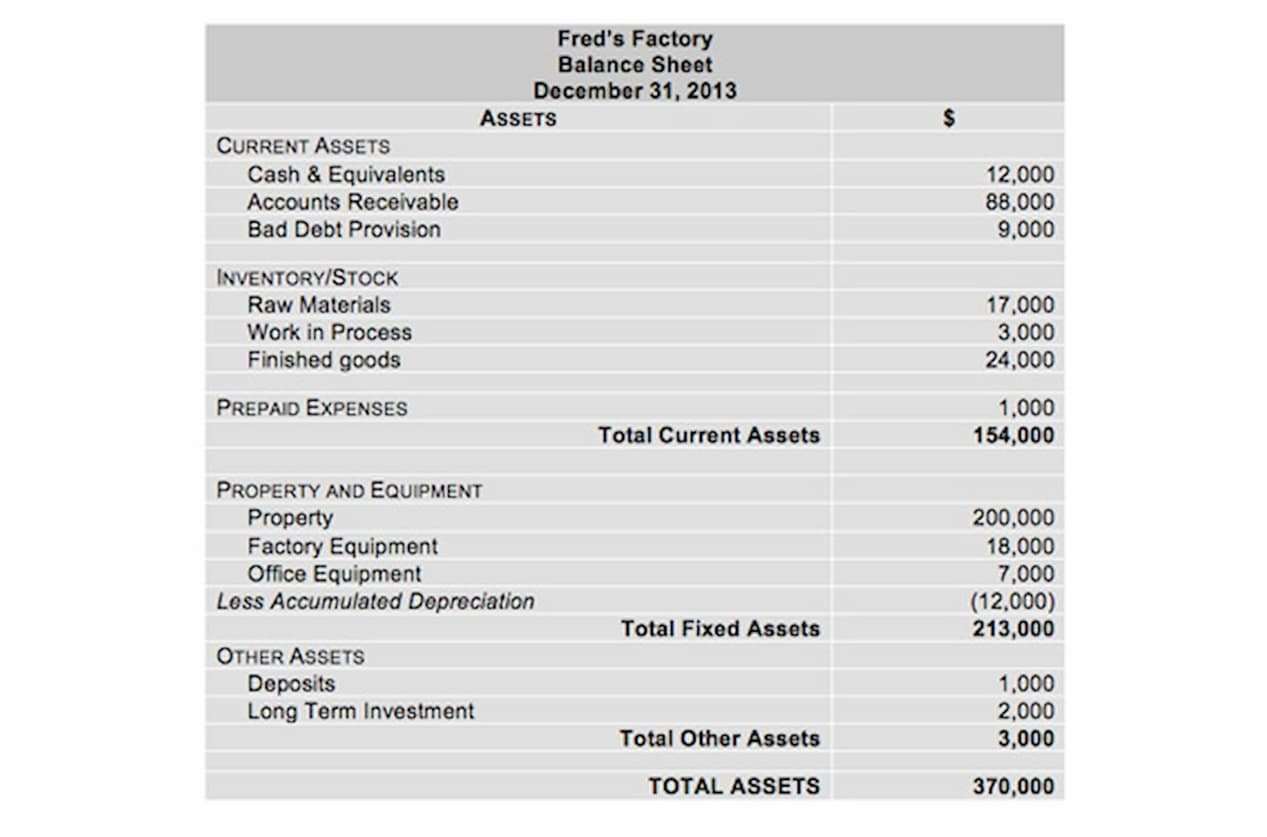
Chaser can also be used to help you determine the best net realizable value method for your business. As evidenced above, net realizable value is a vital tool for making informed decisions about the performance of your accounts receivables and the value of assets and your inventory. The data gathered from a net realizable value calculation can form a vital foundation for assessing the efficacy of your accounts receivable process and inventory management systems. When bookkeeping you set out to determine the expected selling price for an asset, you’re effectively gauging its market value—the price that buyers are willing to pay under normal business conditions. It’s vital to capture a realistic figure that is neither too optimistic nor too pessimistic, aligning with the conservatism principle in accounting, which prefers understated assets and revenues over the overstatement.

Real-World Scenario: Computing NRV for Accounts Receivable
- Net Realizable Value of an asset is at which it can be sold after deducting the cost of selling or disposing of the asset.
- Sometimes, external valuation services or appraisals might be required, especially when dealing with specialized or infrequently traded assets.
- For any company, accounts receivables and inventory are the two asset forms that it maintains.
- Profit is what remains after all expenses, including salaries, rent, and taxes, are deducted.
- Consider the implications of inflation, for example, which can erode the purchasing power of customers, leading to reduced demand and lower expected selling prices for non-essentials or more expensive options when compared to substitute products.
These changes in inventory valuation methodology underscore the evolving nature of accounting standards to provide a more accurate representation of a company’s financial condition. As a result, companies have shifted to the LCNRV method, leveraging insights like recognizing the split-off point in production, to improve the consistency and comparability of financial statements. When the present selling price of an inventory item falls below its cost, the NRV comes into play. By reporting the inventory at its NRV, a business avoids overstating its assets on the balance sheet, which could otherwise mislead stakeholders about the company’s profitability and overall financial position.
Step three: Calculate the Net Realizable Value NRV.
Inventory valued at net realizable value is those assets in inventory that include net realizable value the expected selling price minus the total production cost. For example, if you have products in inventory that are damaged or outdated, their NRV will be lower than the original cost. NRV helps reflect the realistic value of your assets, ensuring accurate financial reporting. Other times NRV is used by accountants to make sure an asset’s value isn’t overstated on the balance sheet. If you’re a CPA, you’ll come across NRV within cost accounting, inventory, and accounts receivable.
- This helps stakeholders make informed decisions and maintain trust in the company’s financial reporting.
- Understanding NRV and its application not only ensures compliance with accounting standards but also supports effective financial management and strategic planning.
- While this could prompt changes within your billing processes, it also means that you can make more informed decisions on who to extend credit to moving forward or on how you’d like to manage your future receivables.
- These assets usually include value estimation for inventory, accounts receivable, and cost accounting.
- The NRV of the defective Inventory is the product of the number of defective units and the sale price per unit after the repair and selling costs.
- Within market method accounting, NRV is only used as an approximation of market value when the market value of inventory is unknown.
Everything You Need To Master Financial Modeling
- Businesses rely on this figure for accurate financial reporting and strategic decision-making.
- Under GAAP, inventories are measured at lower of cost or market provided that the market value must not exceed the NRV of inventory.
- Listed below is a series of steps that one must consider for a reliable NRV analysis.
- Consequently, net realizable value is also known as cash realisable value.
- Under the market method reporting approach, the company’s inventory must be reported on the balance sheet at a lower value than either the historical cost or the market value.
- Remember, any oversight or error in calculating these costs can skew the NRV and lead to significant implications for financial reporting and decision-making.
It is a conservative method, which means that the accountant should post the transaction that does not overstate the value of assets and potentially generates less profit for valuing assets. It usually requires certified public accountants (CPAs) to do the job as it involves a lot of judgment. Therefore, the net realizable value (NRV) estimates the amount that a seller would expect to receive if the asset in question was sold, net of any selling or disposal costs. For any business, evaluating net revenue helps in setting realistic financial goals and making informed strategic choices.
Current Economic Impacts on NRV Calculations
Net Realizable Value NRV is a commonly used technique for valuing assets based on how much money it will generate upon its eventual sale. In short, it measures the liquid value of a receivable account or inventory.Net Realizable Calculations can help business owners determine how much new sales and revenue can be expected from their current assets. To calculate your net realizable value, you must subtract the estimated cost of selling costs (the expenses incurred in making the asset market-ready, alongside product shipping or transportation cost) from its expected sale price. Regarding inventory management, your net realizable value determines the inventory’s liquidation value. There are many official regulations that businesses must adhere to when it comes to accounting reporting. This interacts with your net realizable value calculations, as you must make the most conservative estimates when calculating your asset values.


It’s used to calculate products in inventory and helps in cost accounting. With this article, businesses can understand what is net realizable value, its uses, advantages, disadvantages, and how it affects businesses. Consider a fashion retailer who’s navigating the fast-paced turn of Retail Accounting seasons and trends—SleekStyles Inc.
NRV and Lower Cost or Market Method
- After all, you can then use this information to action necessary changes that will take your company to the next level.
- In the following year, the market value of the green widget declines to $115.
- The cost to prepare the widget for sale is $20, so the net realizable value is $60 ($130 market value – $50 cost – $20 completion cost).
- Companies must manage to stay connected with present technology to reach consumers.
- The Net Realizable Value (NRV) is the profit realized from selling an asset, net of any estimated sale or disposal costs.
Once curtailed down, the inventory account becomes the new basis for reporting purposes and valuation. Company ABC Inc. is selling the part of its inventory to Company XYZ Inc. For reporting purposes, ABC Inc. is willing to determine the net realizable value of the inventory that will be sold.